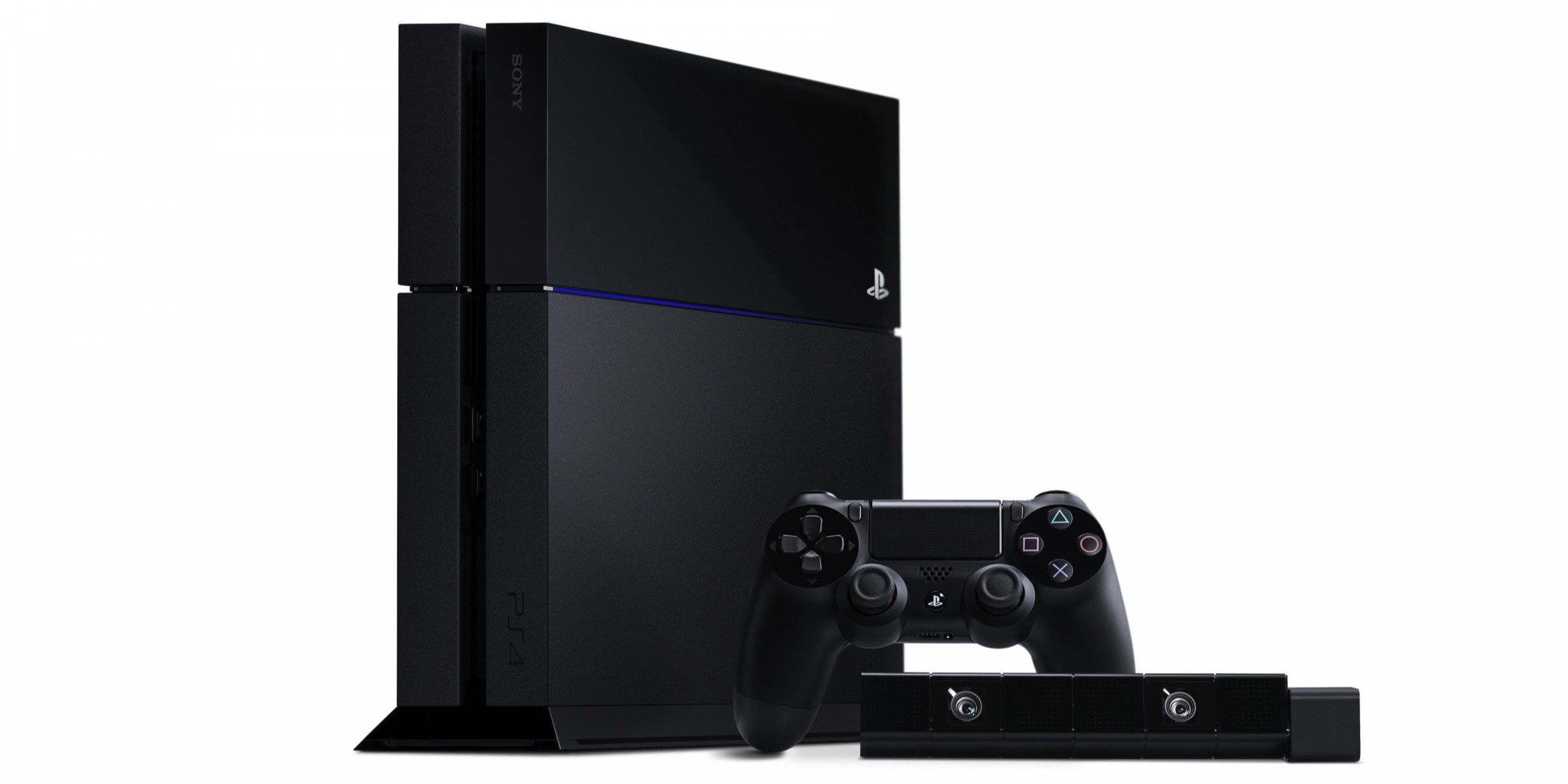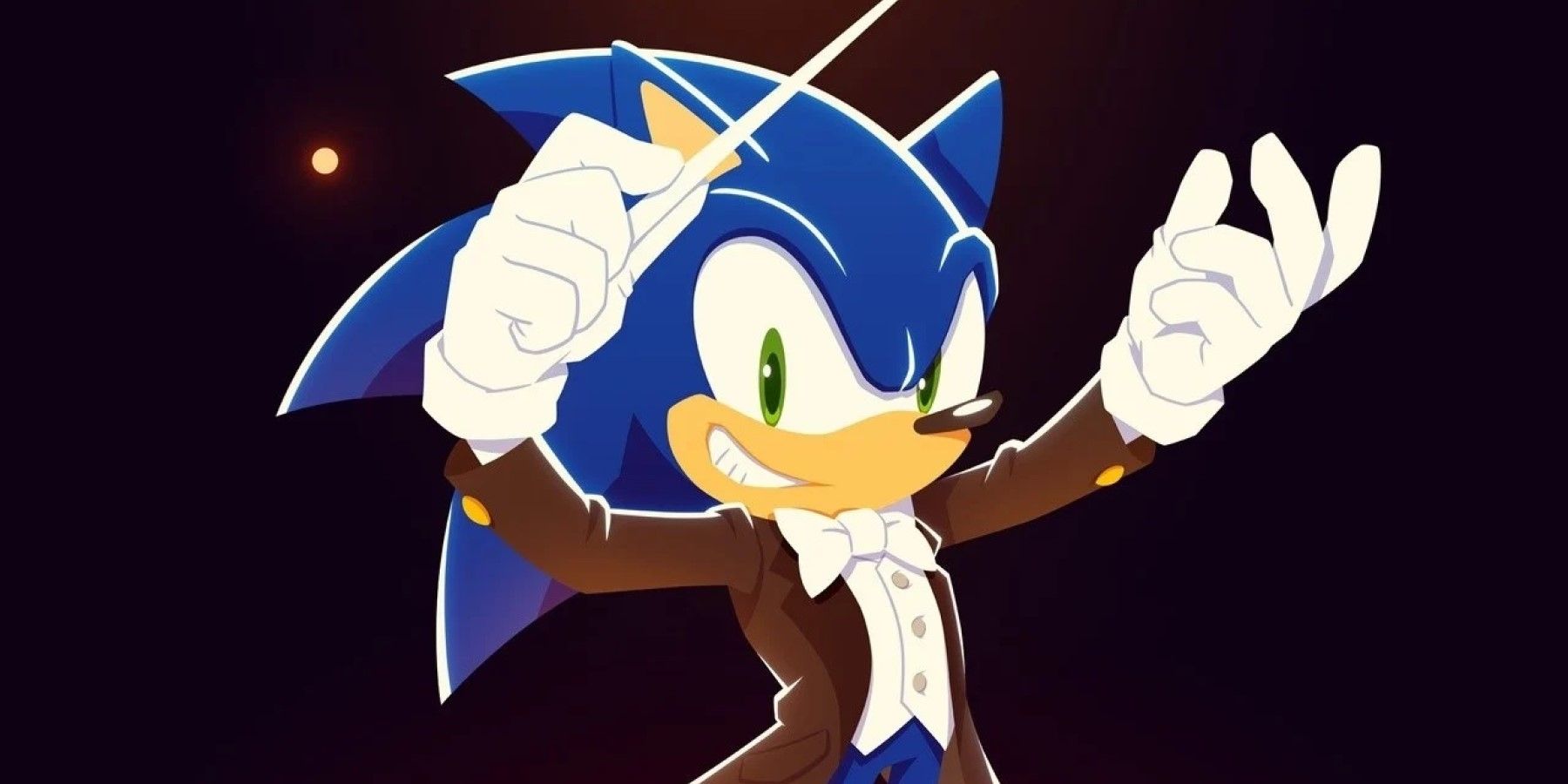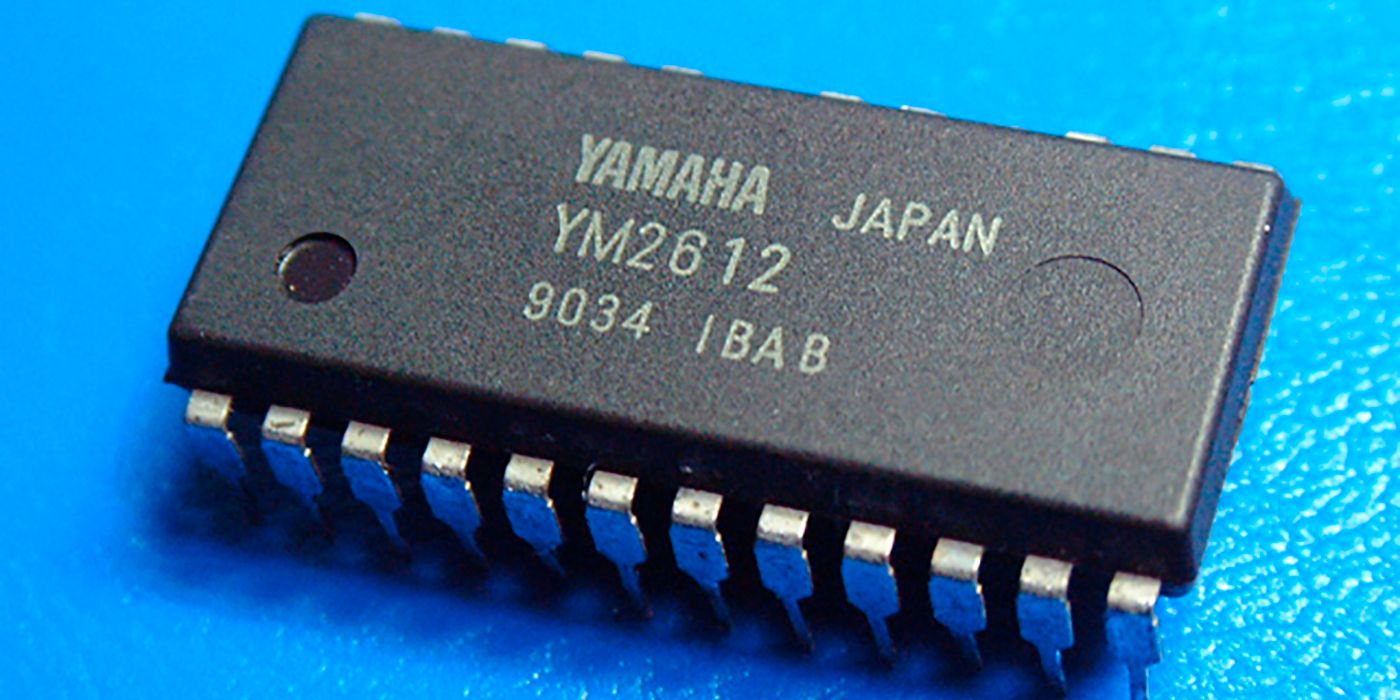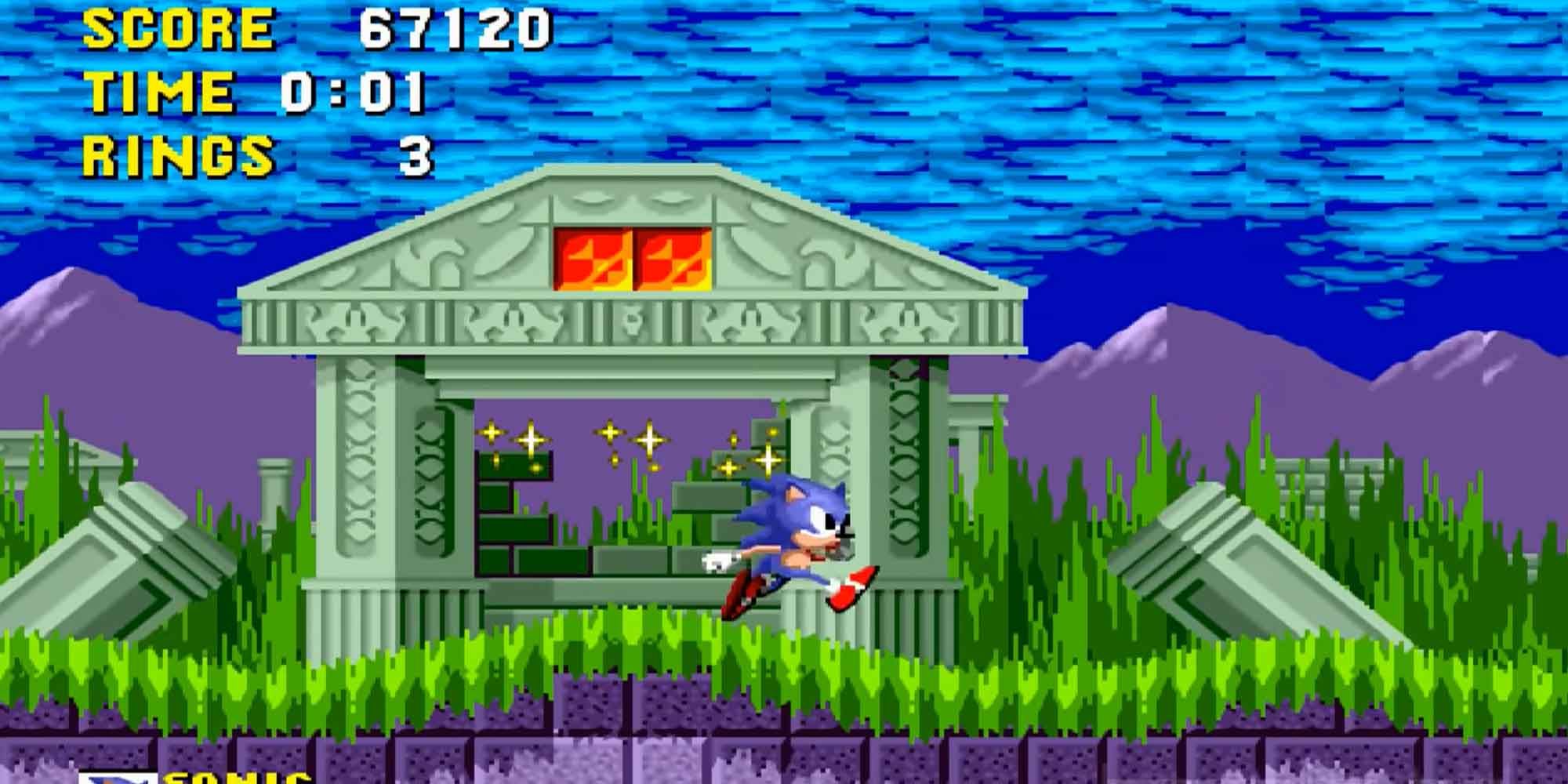Sonic the Hedgehog came onto the gaming scene in 1991, and has remained an iconic fixture ever since. The Sonic the Hedgehog franchise is probably best known for its frenetic speed and enormous cast of mascot characters, but it also boasts a number of mechanical and technical breakthroughs that helped the Blue Blur stand out from the pack. One such achievement is the series' iconic sound design, particularly in the franchise's early 2D installments.
With a second blockbuster movie success, Sonic shows no signs of slowing down, and many fans are eagerly anticipating Sonic Frontiers to see how it reshapes the franchise's future. With his next major adventure looming on the horizon, it is well-worth looking back to the series' humble beginnings to see how far Sonic has come. Without the iconic spring, ring, and speed charging sound effects, it is easy to imagine an alternate history where Sonic became just another footnote in the crowded mascot-platformer marketplace of the early 1990s.
Sonic as Platformer Pinball
Sonic's core concept could be likened to a fusion of platforming and pinball. In fact, Sega eventually made those parallels explicit with the spin-off title Sonic Spinball in 1993. Sound effects are an integral part of a satisfying pinball experience, providing players with a sense of accomplishment - sometimes via literal bells and whistles. That need to emphasize interactivity and player agency carried directly over to Sonic's DNA. From the rich "bling" of collecting a ring, to the satisfying "sproing" sound effect of launching off springs, Sonic's SFX are all larger than life, and afford the player a sense of dynamism.
The original Sonic the Hedgehog title was created by a core development team of under 10 people, which included composer Masato Nakamura and two sound designers/programmers, Hiroshi Kubota and Yukifumi Makino. This trio, despite being relatively new to video game sound design, crafted a suite of sounds that allowed Sonic to go head-to-head with Super Mario himself; which is no small feat, considering Nintendo's own legacy of audio.
The Tech That Makes Sonic Tick
The Sega Genesis/Mega Drive used Yamaha's YM2612 sound chip, also nicknamed the OPN2. The OPN2 is a frequency modulation (FM) synthesis chip, boasting six sound channels, giving it a leg up over 8-bit consoles like the NES which relied on fewer channels. The flexibility of Yamaha's FM synthesis also allowed the Genesis to remain competitive with the Super Nintendo's 8-channel S-SMP chip, which used fully digital audio sampling.
A far cry from today's audio chips like the PlayStation 5's bleeding-edge Tempest Engine, the OPN2 operated during a different paradigm of sound design. Rather than using 3D ambient noises like gravel crunching underfoot, or raindrops pelting the world under howling winds to achieve verisimilitude, the OPN2 was primarily concerned with noises that provided the player with reactive sounds. That said, the OPN featured an integrated digital-to-analog stereo output in a time when most chips required external D/A converter chips, and the ability to perform rudimentary stereo sound by using left, right, or dual (center) outputs.
Feedback and Fun in Focus
All forms of feedback are vital to game design, from the mechanical hit lag of attack impacts in fighting games and beat 'em ups, to visual cues such as bosses flashing when their weak points sustain damage. Part of that emphasis is practical; players need to know when their actions are having the intended effect. But being informative is arguably only half the battle. Audio feedback presents game designers with an opportunity to not only make the player feel powerful, but also to ensure that they are having fun. Even though awards for sound design pale in popularity compared to categorical awards, they should be recognized as vital expressions of what makes gaming great.
While ambient noises are crucial for modern horror games such as Resident Evil Village and Returnal, games in the 90s were less concerned with environmental immersion, and more focused on captivating players via mechanical engagement. Sonic's bombastic, pinball-inspired, synthesized sounds would immediately break immersion in a title like the forthcoming Dead Space reboot, but over three decades later these sounds still possess a unique, distinctively video-gamey charm. The enduring appeal of these sound effects cements Sonic the Hedgehog as one of the most important game franchises in terms of sound design.






